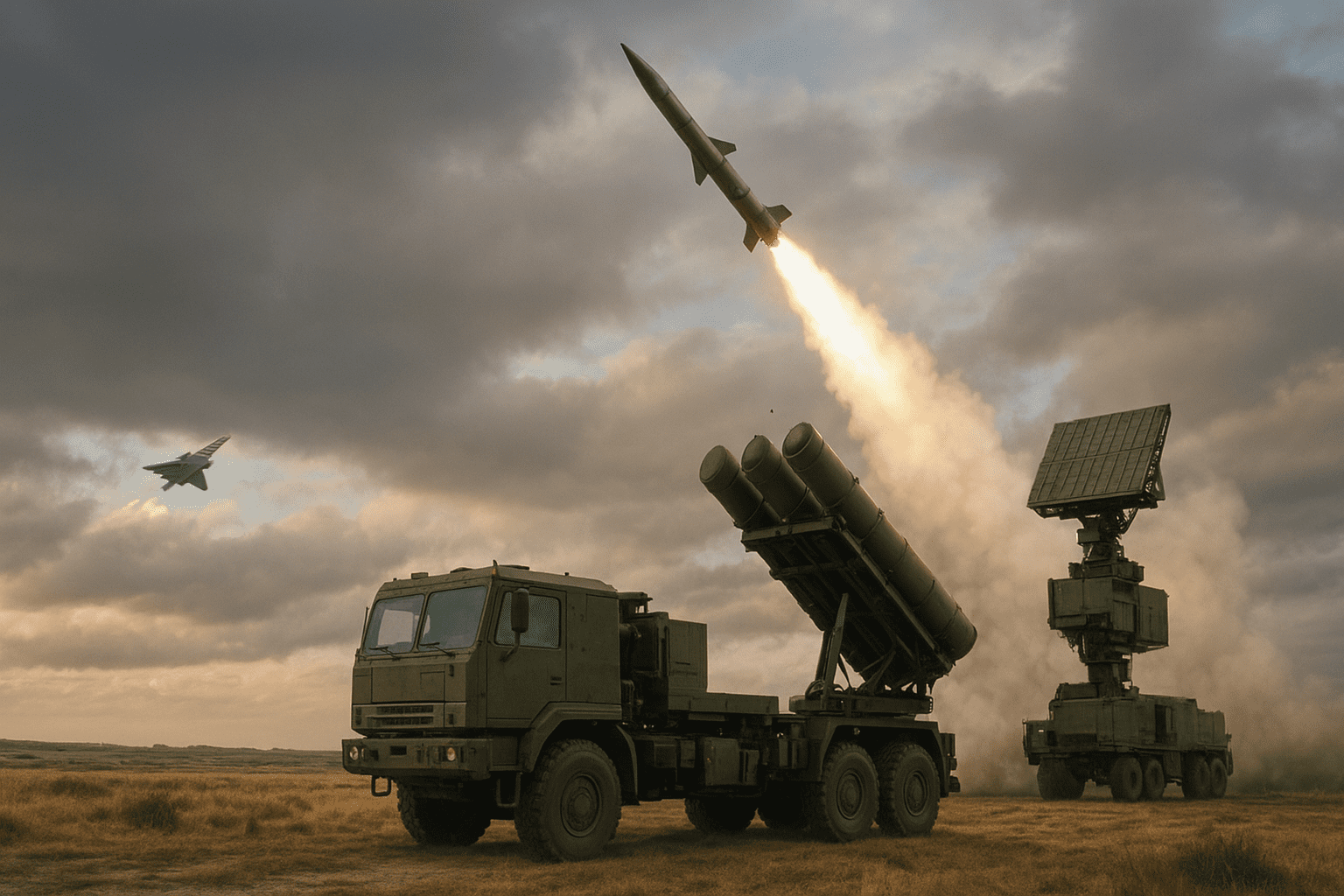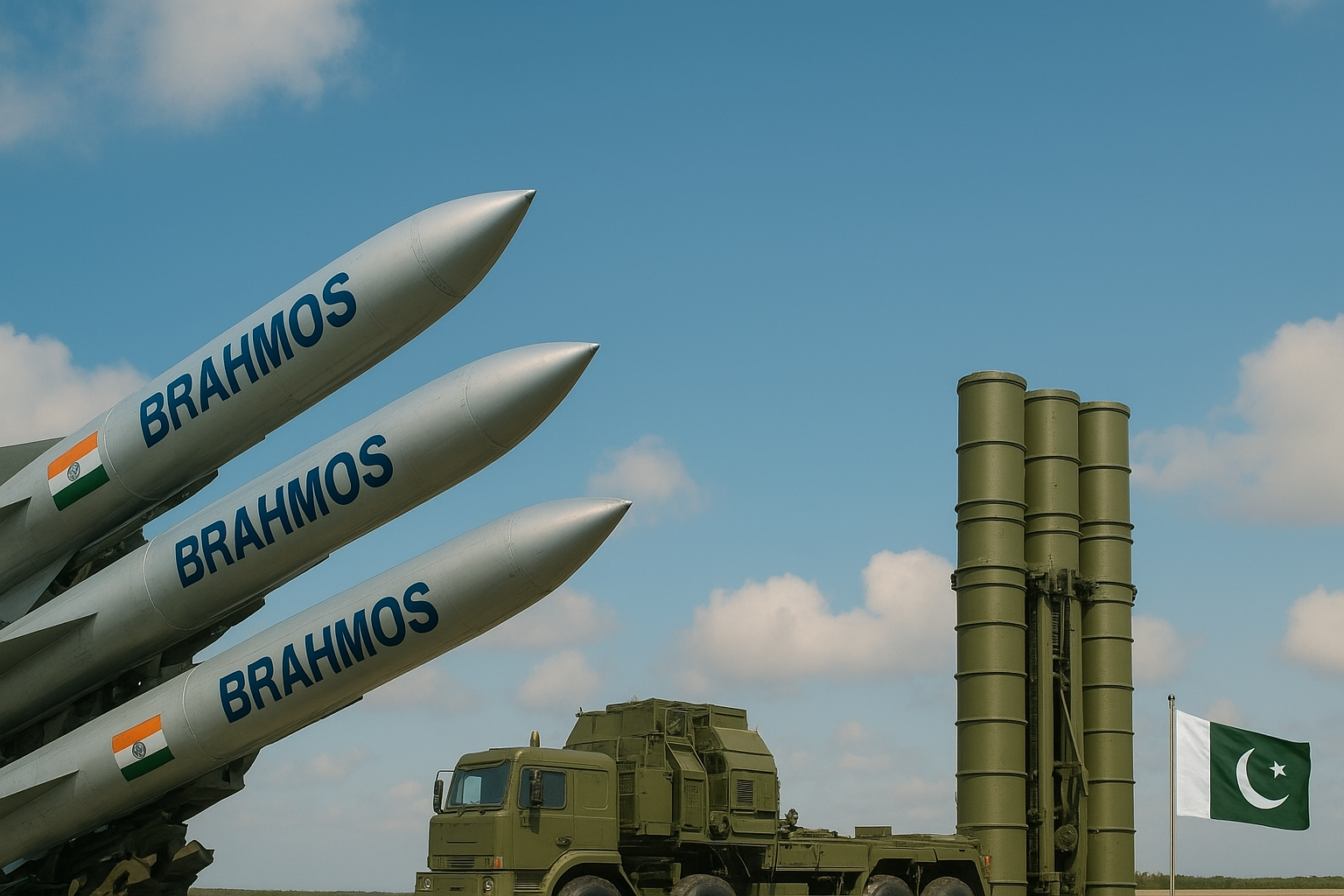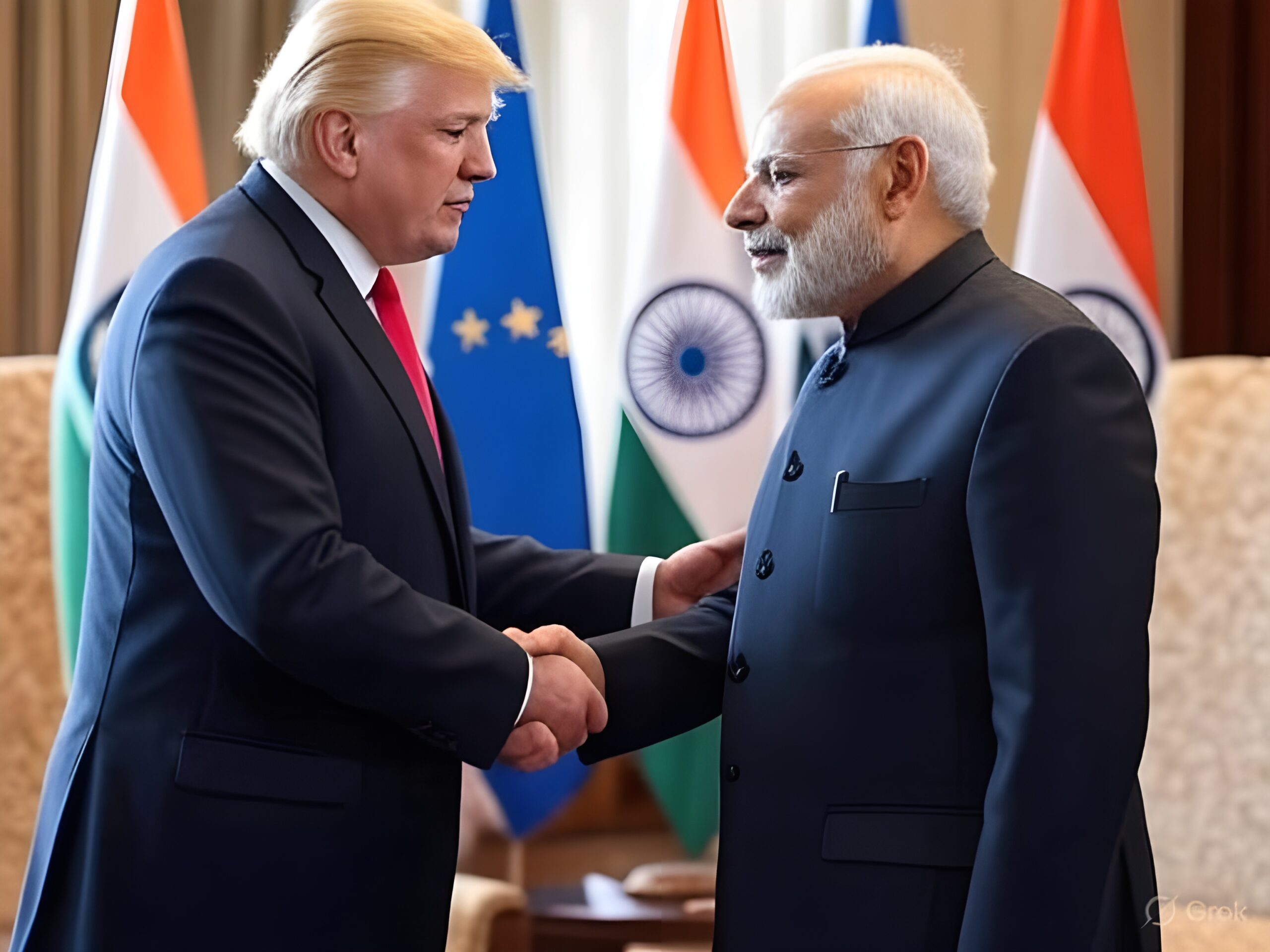India has taken a giant leap towards strategic self-reliance and regional stability with the successful maiden flight test of its Integrated Air Defence Weapon System (IADWS) off the coast of Odisha on August 23, 2025.
Developed indigenously by the Defence Research and Development Organisation (DRDO), the IADWS is a multi-layered shield capable of intercepting aerial threats ranging from unmanned drones to hostile fighter aircraft and missiles. This achievement not only strengthens India’s air defence capability but also resonates strongly with the SCO’s collective vision of regional peace, security, and technological cooperation.
This article discusses the successful test of Air defense Weapon system (IADWS) , making a milestone in indigenous defense technology and why it is important for regional security, cooperation , and stability
A New Milestone in Indigenous Defence
The IADWS integrates three cutting-edge systems:
- Quick Reaction Surface-to-Air Missiles (QRSAMs): To neutralize medium-range aerial threats.
Very Short Range Air Defense System (VSHORADS): For close-range interception. Directed - Energy Weapon (DEW): A high-power laser that reflects India’s futuristic defense ambitions.
- All three are coordinated by a Central Command and Control Center, ensuring real-time tracking, engagement, and neutralisation of multiple targets.
This test proved successful against fixed-wing UAVs and multi-copter drones, demonstrating seamless integration of radar, missiles, communication networks, and laser-based weapons.
Aligning with the SCO’s Strategic Framework
The Shanghai Cooperation Organisation (SCO), of which India is an active member, prioritises regional security, counter-terrorism, and defence cooperation. India’s progress in air defence has wider implications:
1. Strengthening Regional Stability: A robust IADWS acts as a deterrent against aerial threats, supporting peace in South and Central Asia.
2. Boosting Self-Reliance: By indigenously developing complex systems, India reduces dependence on external suppliers, echoing the SCO’s principle of strengthening member-states’ sovereignty and security.
3. Encouraging Defence Collaboration: India’s success can open avenues for technology
exchange, joint drills, and cooperative defence projects within SCO frameworks.
4. Countering New-Age Threats: From drones to hypersonic weapons, the SCO region faces evolving challenges. India’s IADWS reflects readiness to safeguard shared skies.
Why It Matters for the SCO
The SCO is not just about political cooperation; it’s also about mutual trust in defence and security. India’s IADWS is more than a national achievement—it is a regional asset that strengthens the security fabric of the Eurasian bloc.
As threats transcend borders, India’s technological strides reinforce the SCO’s objective of creating a safer, multipolar, and stable region.
Conclusion
The IADWS maiden test is a historic milestone for India, but its significance extends far beyond national borders. By enhancing air defence capabilities and embracing innovation, India contributes to the SCO’s larger goal of a secure and cooperative Eurasian region.
As Defence Minister Rajnath Singh remarked, “India’s defence achievements today are the guarantee of peace tomorrow.”
In an era where security challenges are increasingly global, India’s IADWS stands as a symbol of resilience, innovation, and regional cooperation under the SCO umbrella.















